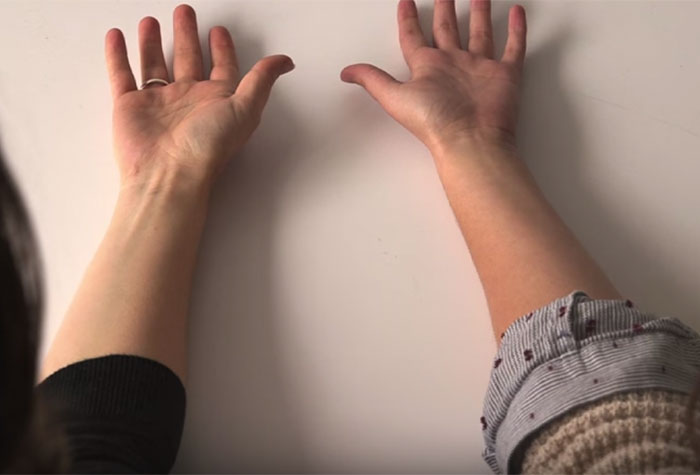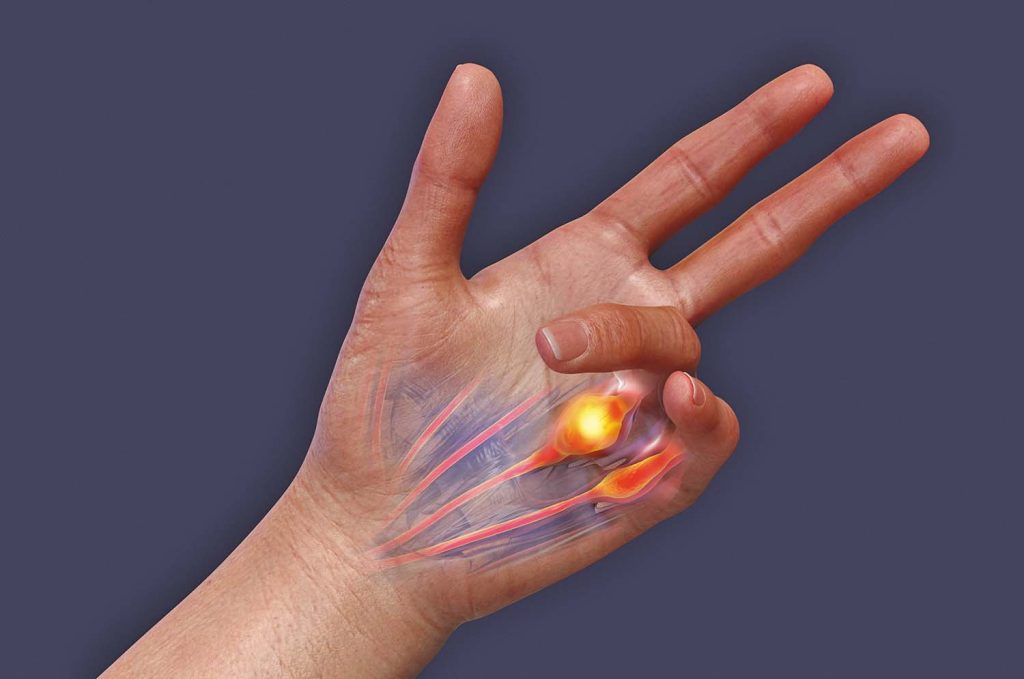The human body is a living archive of history. From our bones to our smallest muscles, traces of evolution are everywhere. While we often think of fossils and DNA as the main evidence, the body itself reveals secrets of our ancestral past. Some traits are still functional, while others linger as remnants of a time when survival depended on different abilities.
Goosebumps and Ancient Survival
A simple example of this evolutionary holdover is goosebumps. When we feel cold or scared, tiny muscles connected to our hair follicles contract, making the hairs stand up. For our ancestors, this mechanism served a purpose. In the cold, raised hair provided insulation by trapping more air. When threatened, puffed-up hair made them appear larger and more intimidating to predators. Today, this reaction is largely unnecessary, but it still occurs whenever we shiver, feel fear, or even experience a powerful emotional reaction to music.

Animal Parallels
We see similar traits in the animal kingdom. Birds fluff their feathers in cold weather, while cats arch their backs and raise their fur when startled. These behaviors demonstrate how nature equips species with adaptations for survival. Humans once relied on the same kind of physical responses, but as we evolved and developed tools, clothing, and shelters, many of these responses lost their practical value.
The Palmaris Longus Tendon
One of the most fascinating examples of evolutionary change lies in the wrist. When you touch your pinky to your thumb and flex your wrist, you may notice a tendon rise in the center of your forearm. This is the palmaris longus tendon. However, not everyone has it. Around 10 to 15 percent of the population lacks this tendon entirely, yet they experience no loss of strength or function. This discovery suggests that the tendon is a vestigial structure—something that once served a purpose but is no longer essential for survival in modern humans. Scientists believe it was used by our ancestors to enhance grip strength for climbing and manipulating objects. Over time, as humans relied less on such physical activities for survival, the tendon began disappearing in parts of the population.
What Its Absence Means
Not having the palmaris longus tendon is neither a disability nor a health concern. People without it still have normal wrist function, flexibility, and strength. Surgeons even take advantage of this tendon’s expendability by using it for reconstructive procedures in other parts of the body when needed. Its presence—or absence—is simply another reminder of how human anatomy continues to adapt.
Evolution Still in Progress
The disappearance of this tendon in many people demonstrates that evolution is ongoing. Just as we no longer depend on goosebumps to keep us warm, the palmaris longus tendon is gradually being phased out. These changes may seem small, but they reveal the dynamic nature of human biology. Evolution is not something that stopped with the emergence of modern humans—it continues, subtly shaping us generation by generation.

Conclusion
The body carries stories of our past. From the tiny bumps that appear on our skin to the tendons hidden beneath, we are walking testaments to the power of adaptation. Goosebumps show how our ancestors survived the cold and defended themselves, while the presence or absence of the palmaris longus tendon highlights how traits can fade when they are no longer needed. Together, these features remind us that evolution is not locked in history—it is still alive in every one of us today.

















